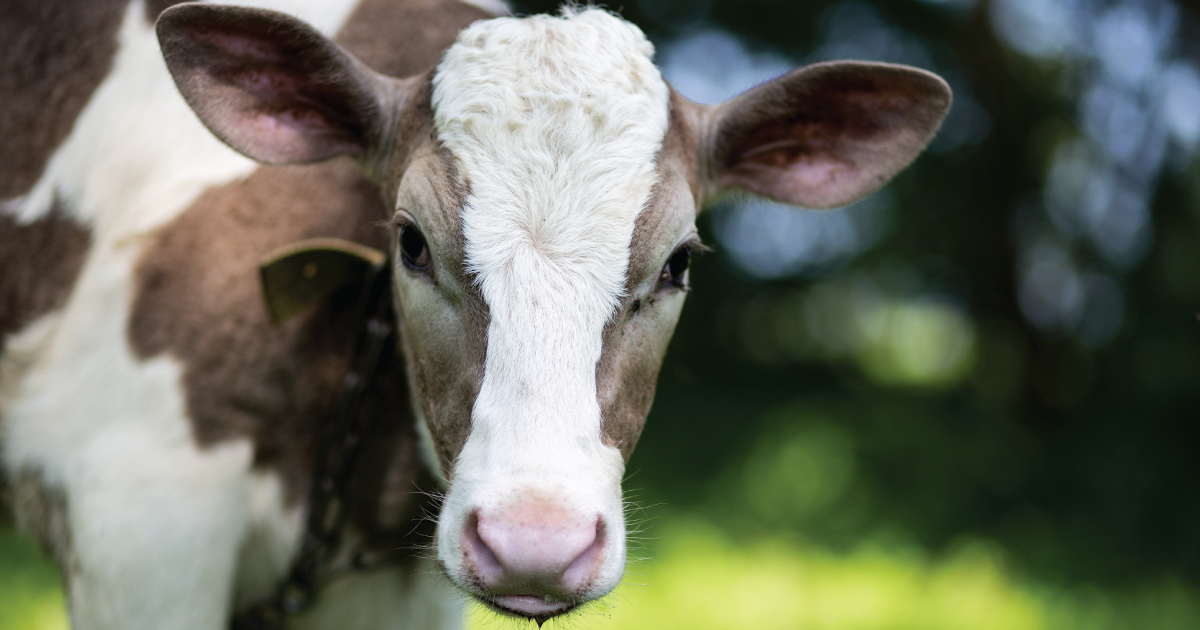
What’s Behind the Crippling Dairy Crisis? Family Farmers Speak Out.
“If a mammal doesn’t produce it, it isn’t ‘milk’,” says Lisa Engelbert, one of the farmers at the sixth-generation Engelbert Farms in Nichols, New York. Engelbert is referring, somewhat wearily, to the plant-based beverages and other products made from soy, rice, nuts, and oats—she calls them “plant juices”—that currently account for 13 percent of the U.S. milk market and $1.6 billion in sales.
November 5, 2018 | Source: Civil Eats | by Lela Nargi
In the Northeast, the dairy crisis is shuttering generations-old dairies. Can the crisis become a rallying political issue?
“If a mammal doesn’t produce it, it isn’t ‘milk’,” says Lisa Engelbert, one of the farmers at the sixth-generation Engelbert Farms in Nichols, New York. Engelbert is referring, somewhat wearily, to the plant-based beverages and other products made from soy, rice, nuts, and oats—she calls them “plant juices”—that currently account for 13 percent of the U.S. milk market and $1.6 billion in sales.
Alternative milk is ascending as U.S. cow milk sales are dropping—as of June 2018, they’re down by 6 percent from the previous year. The way some struggling dairy farmers see it, the popularity of alternative dairy products (one of which is now the subject of a class action lawsuit in New York) has partly contributed to dairy farmers’ own travails. Many of them have been forced to shutter their operations due to a milk glut and its attendant low prices—as of this writing, $16.33 per hundredweight (in layperson’s terms, about 11.5 gallons), considerably less than the $22 it costs to produce.
